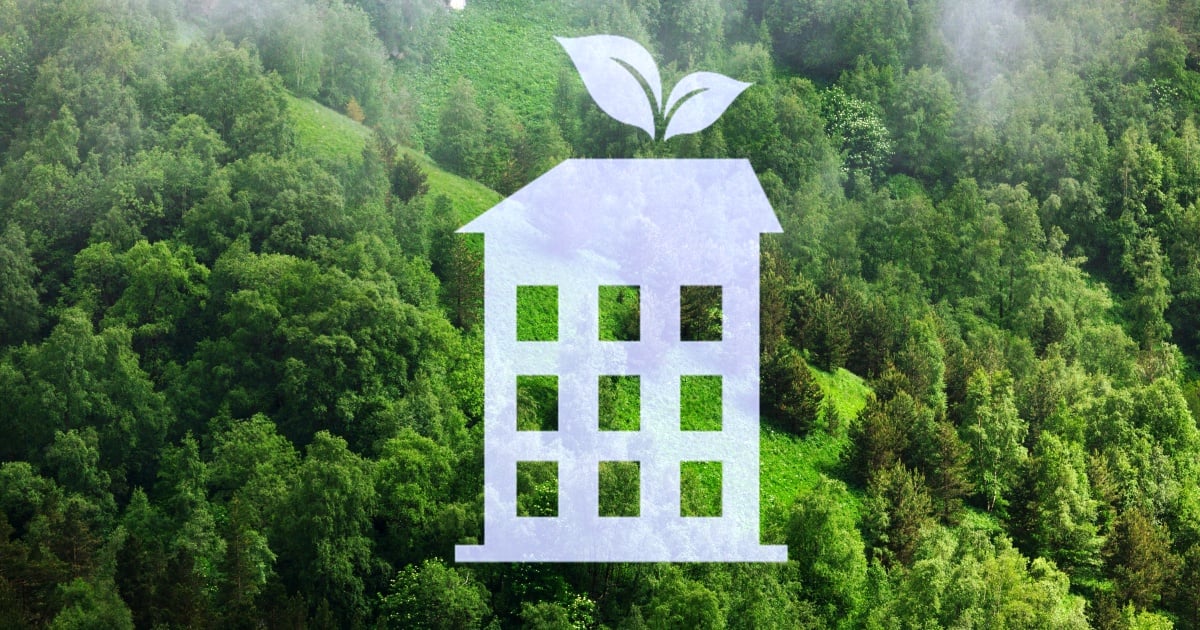
The Netflix Way
There is nothing more delightful than unwinding in front of a good film or TV series at the end of a long day. Thanks to Netflix, the days of ‘what’s on television tonight?’ are (fortunately?) long gone. We no longer have to scroll through endless listings looking for something, because an algorithm has done all the work for us: based on the films and series you have clicked on in the past and watched all the way to the end, you are served up with a customized offering of films. Sounds good? Maybe not.
The Information Bubble
Social scientists and other experts are pointing increasingly to the dangers of the ‘perfect recommendations’ that you see on social media (Facebook, Pinterest, etc.) and with streaming services, such as Spotify and Netflix. These ‘perfect recommendations’ are vitally important for so many services today. For instance, we know that the average Netflix viewer will look at a maximum of 40 titles before making a choice. And to ensure that the user is able to find something of interest from among those 40 titles – and hence continue using the service in the long term – it is important for Netflix to suggest appropriate titles. And it works, too, because 70 percent of users follow the recommendations suggested by the algorithm. But the same logic also means that users find it very difficult to discover anything that is completely new to them. There is also the danger of the ‘filter bubble’ or the information bubble.
The city needs to stay multifaceted and not filtered
Can smart cities learn from the ‘mistakes’ of social media and streaming services when it comes to data and how algorithms make predictions and recommendations?
The way I see things, a smart city doesn’t want to be too smart and too efficient. For example, just because you’re Dutch-speaking, do you only want to be presented with recommendations for things that have Dutch-language reviews? Or would you prefer not to be offered cultural recommendations just because you’re logging in from a less prosperous postcode? Or – simply because you had a meal at McDonald’s yesterday – do you not want to receive recommendations for an organic supermarket in your area? In these cases, it may still be an incorrect interpretation by the algorithm, because it doesn’t yet know you very well – although do we only want to be given recommendations that match us perfectly? There needs to be a proper balance between the efficiency made possible by technology and the amount of ‘fortunate coincidence’ or serendipity that may be lost as a result.
It’s possible to examine the principles that an intelligent system can use to implement random recommendations without adversely affecting the user experience. On the technical side, we can look at how these principles can be translated into an algorithm.
Once upon a time there were 3 princes and an algorithm
Ultimately, what we should look to achieve more serendipity in the way we perceive a city – and the recommendations made by algorithms can provide the initial trigger. Serendipity is not about discovering things by uninformed coincidence. The word itself comes from a Persian fairytale – the three princes of Serendip – in which three princes set out on a journey and discover things as they go along. But it is both coincidence and the wit and wisdom of the princes that ensure they make ‘unexpected’ discoveries. So, the ‘wisdom’ of an algorithm can also add more ‘happy coincidence’ to our experience of the city.”
A surprising day out in the city – courtesy of AI
But what does it all mean in practical terms? One example would be if you use your smartphone to check the timetable for the train home and you are given a recommendation to take a later train, which has better connections and that also gives you the time to visit a nearby museum. Or if your smartphone lets you know that your friends are in town. Perhaps you would like to go and have a drink with them in that new café that has just opened.
The city needs to become a place that we enjoy going to, because it’s a melting pot of cultures, activities, green spaces and high-quality architecture – and somewhere we can meet people. And technology can be the trigger that gets us back into ‘discovery mode’ so that we can do our exploring faster. This may involve things that don’t appear to suit us at first sight, but which are well worth the effort.
About the author: Professor Pieter Ballon has taught Communication Sciences at VUB since 2009. Since 2016, he has been director of SMIT, an imec research group at VUB focusing on ‘Studies in Media, Innovation and Technology’. Pieter Ballon was appointed the first Brussels Smart City Ambassador and is also the International Secretary for the European Network of Living Labs. His publications include the book “Smart Cities: how technology keeps our cities livable and makes them smarter.”
Edited by
Ken Briodagh





